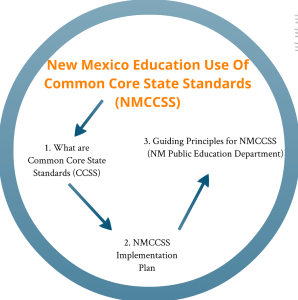This article in Businessweek January 20-26, 2013 is a wider public distribution of the concept, problem, and solution early child education speaks to that Governor Martinez spoke of in her State of the State address today. Heckman’s Equation brings hard, observable data into the realms of making public policy.
James Heckman, is a PhD economist at the University of Chicago and views education for 3- and 4-year olds as fix to a current serious market failure. In terms of economic development, early child education is a hard-nosed investment that pays off in lower social welfare costs, lower teen pregnancy rates, decreased crime rates, and increased tax revenue, as opposed to spending on prisons, health and adolescent special education remediation.
Through the Heckman Equation, he found that an initial investment in free instruction of $17,758 per child per year in 2006 dollars, yielded between $60 and $300 return on investment (ROI) in state and federal welfare monies, increased tax revenues, and, most significantly, savings in police and court costs. As an economist, he finds this is a 7% to 10% annual ROI.
So, not only did this turn out to not be a cost, it more than paid for itself in annual ROI in improved human capital to business and society, he also found it consistently beat historical ROI on equity (the stock markets) of around 5.8%.
The data further show that the earlier a child gets help, the better the results continue to be through each stage of education. Literally, the greatest ROI or ‘bang for the buck’ exists in early intervention – early child education, and this effective ROI reduces throughout adolescence.
A big problem arises when kids ought to be in early education programs which most young parents can’t afford. Heckman says, “The accident of birth is a huge, huge imperfection in the (economic) market.”
The good news is, and data show, this is overcome-able through targeted early child education and it appears to be scalable.
As an aside, in a 2011 Heckman lecture, he points out that cognitive testing stressed by NCLB and Race to the Top, only speaks to one dimension of a multidimensional system that includes, at least: integrity, socio-emotional skills, character, collaboration, grit. Yet data strongly indicates these untested characteristics may account for the largest share of human development, effectiveness in life, and contribution to the economy and society. These are the “soft” skills that are so widely reported today to be both in short supply and increasing demand.
Beyond interesting, the data also show these “soft” skills even affect scores on cognitive tests!


